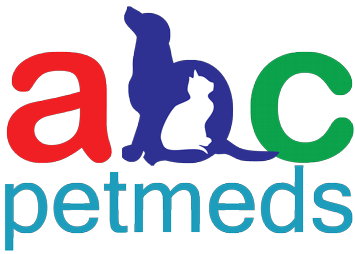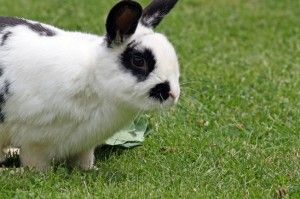9 Pet Poisoning Dangers That Everyone Ought to Know
 Your pets easily become a member of your family and you begin to treat them like that’s as well. It is important to remember that there are certain foods, medications that may be harmless to you; but harmful or in some cases fatal to the pet. This is the reason why pet owners should not hesitate to call poison control or your vet if your pet does come in contact with anything poisonous.
Your pets easily become a member of your family and you begin to treat them like that’s as well. It is important to remember that there are certain foods, medications that may be harmless to you; but harmful or in some cases fatal to the pet. This is the reason why pet owners should not hesitate to call poison control or your vet if your pet does come in contact with anything poisonous.
Our first instinct is usually to keep them away from household cleaners. This is a good idea, but what pet owners may not realize is that the list does not stop there
Here are some things that one should know are poisonous to a pet:
1. Onions, Garlic, Shallots and Leeks
Although there are many benefits of using garlic topically for some pets (for getting rid of fleas) it is a risky ingredient to work with. It is believed that substances from the allium family are deemed harmful for household pets. In many cases they can potentially cause anemia, kidney damage and red blood cells to burst. An upset stomach is usually a symptom if your pet has ingested one of these substances raw. Lastly it is important to remember that these substances are okay to be ingested in powder forms in store bought items but never raw.
2. Chocolate
The important thing to note about chocolate is that milk chocolate is a lot less toxic and is okay to give as a treat once in a while. However the danger lies in baking chocolate or high quality dark chocolate. The cocoa beans in chocolate contain theobromine, a chemical that’s toxic in small animals. It can cause an increased respiratory rate, central nervous system disorders, vomiting, diarrhea, seizures, cardiac failure and even death.
3. Raisins and Grapes
Although the ideology behind grapes and raisins are still not determine but they have been known to cause kidney failure in dogs. Cats do not typically tend to eat sweeter foods so they naturally stay away from chocolate. Vomiting and diarrhea will begin four to six hours after ingesting (for dogs).
4. Macadamia Nuts
These nuts are quite dangerous for a dog because they have been known to cause a fatality by just ingesting five or six of them. The immediate reaction is the dog starts having seizures, vomits and starts to lose control of his rear legs. Although this condition can be treated in some cases (in the duration of 2-3 Days) pet owners should take extra precaution.
5. Sugarless Chewing Gum
A common artificial sweetener found in sugarless gum is xylitol. This substance cannot be processed by a cat or dog as the same way a human does. It affects their glucose levels and causes their blood sugar to drop so quickly that they die. The interesting feature is that dogs have a strong sense of smell and can easily sniff out gum. This tempts them to eat their entire packaging; so it is best kept away from your pets.
6. Fruit Pits
Not only fruit pits are a choking hazard but have been known to contain a cyanide like substance that makes them poisonous. This substance leads to difficulty breathing, excess salivation, shock, seizures, and coma in both cats and dogs.
7. Moldy Food
It is always a good idea to keep your dogs away from a garbage can so they avoid the temptation to eat out of it. It has been proven that neurological problems yield from your dog eating moldy food. It also puts your pets at risk for toxicity, due to the tremor genic mycotoxins found in moldy bread, pasta, cheese, nuts, and other foods.
8. Coffee
Caffeine contains methylated xanthine can cause the heart to be overstimulated and lead to fatalities. Essentially these xanthine stimulate the central nervous system which cause these severe results.
9. Avocados
Avocados are high in heart-healthy monounsaturated fat, which is a very healthy fat for a human to have in its diet. Although for you pets is quite the reverse. This fat causes an upset stomach, vomiting, and eventually pancreatitis which is inflammation of the pancreas.
There are numerous ways to effectively apply avoiding these foods to your daily routine. A strategy for grocery shopping is to highlight all items on your list that you want to keep away from your pet. So when you bring them home you are extra cautious while handling these items. Overall, you can easily get rid of these potential dangers for your pet and be a step closer to providing them safe environment.








